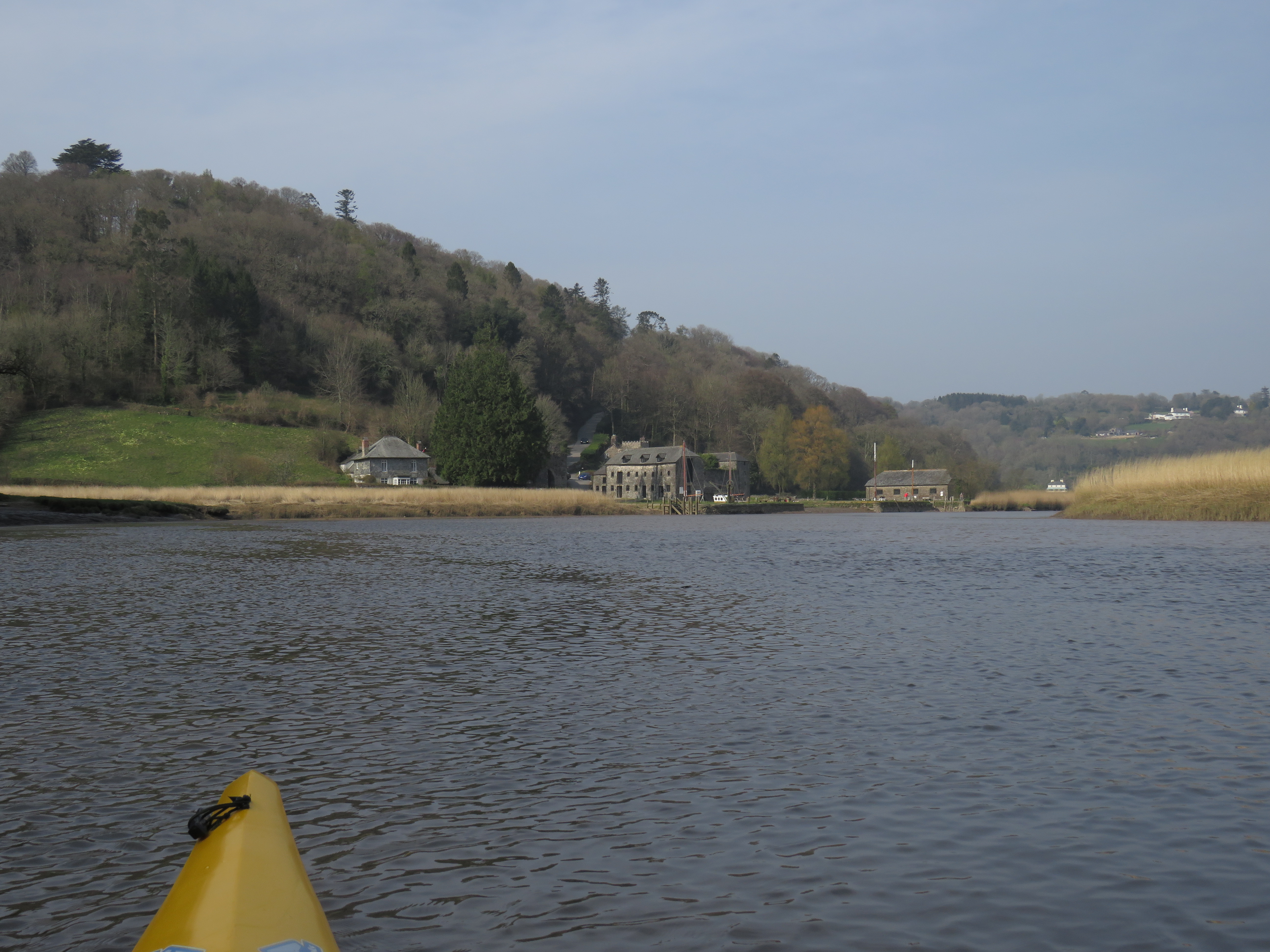
Two days on the Lleyn peninsular of North Wales. Two days of blisteringly hot weather, so perfect for loafing about in a kayak, enjoying the cool water and the rehydrating effect of a nice cuppa:

I was thrilled to hear the cheerful grating calls of a load of Sandwich Terns that were busily feeding all along the coast, hitting the water with a surprisingly loud splosh after a vertical dive.
They probably came from Cemlyn on Anglesey, Wales’ only Sandwich Tern colony which is thirty miles away (as the tern flies). They were getting ready for spending the winter off West Africa.
I spent half-an-hour watching a little posse of these charming and chatty birds resting on a low-tide reef. There were a good number of beautifully-marked juveniles (peppered with small chevrons) amongst the flock, so it looks as though they had a good breeding season. The weather has certainly been in their favour.

The black caps of the adults, with punk-style spiky bits at the back, were flecked with white of their post-breeding plumage.

The communication between the adults and the offspring is continuous. The grating cry of the adult is always followed by the prolonged squeak of the youngster.
When the adult returned from a fishing trip with a sandeel, it announced its arrival from far, far away, and its youngster replied immediately, and continued non-stop till the sandeel disappeared down its throat.

On the way back I was mugged by a couple of young seals as I passed the island off the point:
It’s clearly not just seals in Cornwall and Devon that greet a kayaker with the same level of enthusiasm.
It was great to hear the warning call of a Ringed Plover along the main beach, and see a superbly-camouflaged fledgling running about across the pebbles. It didn’t seem to attract the attention of either the passing dogs or their owners.

The seabird colony at Bird Rock was astonishing because it was a cacophony even though most of the breeding birds (Guillemots and Razorbills) had finished their season and departed!
Kittiwakes were the main inhabitants, and you can hear plenty of that musical and mewing kit-e-wake cry in the video clip above.
Like the terns, there were plenty of juveniles in the nests. The one below has got two chicks.

This is all good stuff because breeding success of seabirds is hugely variable and considered to be more prone to failure with the increased likelihood of unseasonal storms associated with climate change. This season, however, has been kind with mellow sea conditions and an apparent profusion of their favourite food, sandeels.

By extreme good fortune we just happened to be in the pub when a thunderstorm struck. When it abated the sea surface turned completely flat…ideal for seeing anything, such as a fin, break the surface. It wasn’t just a fin however, an entire Bottlenose Dolphin leapt out and fell back with quite an impressive splash.
We paddled over to investigate but the pod of half-a-dozen were widely scattered, on the move, and spent a long time underwater. Very difficult to track from a kayak, and we were a bit irritated that a couple of passing speedboats spotted them and zoomed over to watch.

Fortunately they soon lost interest and the dolphins then befriended a very photogenic sailing boat that was heading north across the bay. We angled in towards the yacht and were overtaken by ‘Squeaky’, the dolphin who squeaked, often twice, when it breathed. Listen for yourself…
They then found a shoal of fish to pursue before continuing on their way south.
What are day, stuffed full of all my favourite marine creatures.
Only one way to top it off…cheers!

















































































































